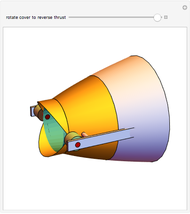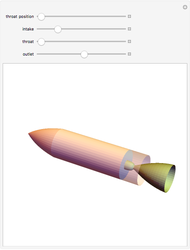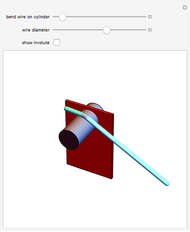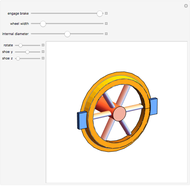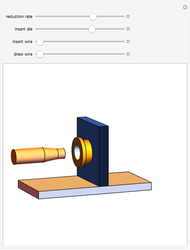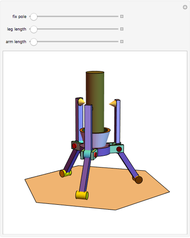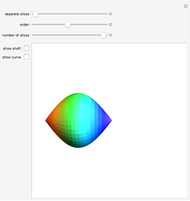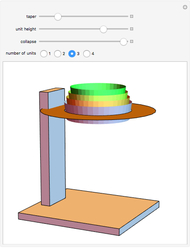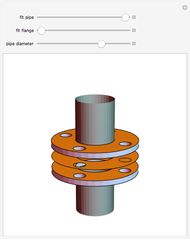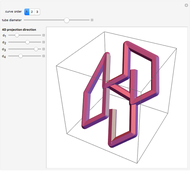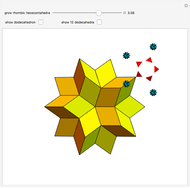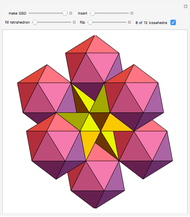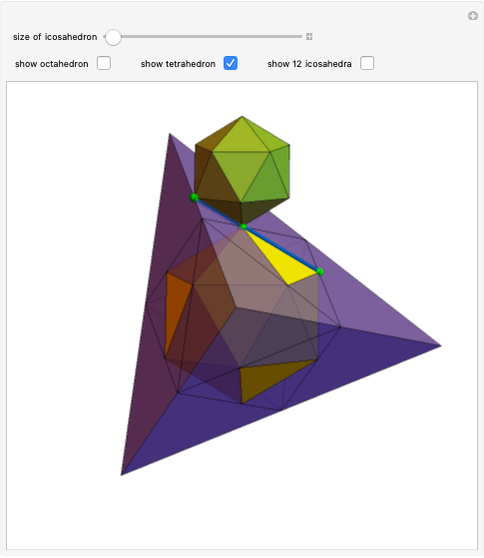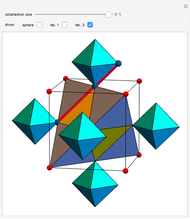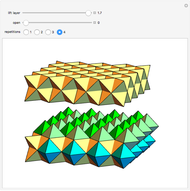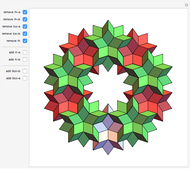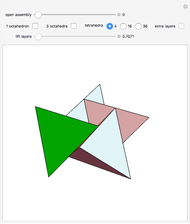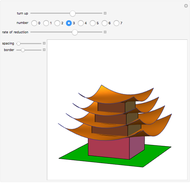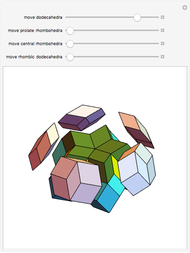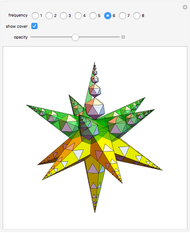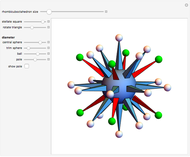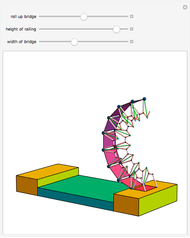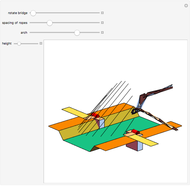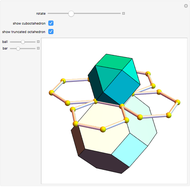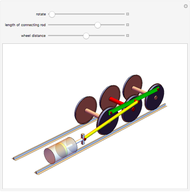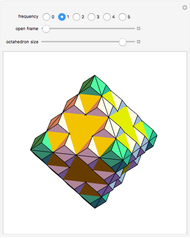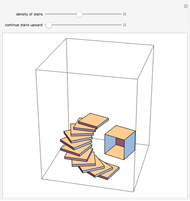Device for Tube Extraction

Requires a Wolfram Notebook System
Interact on desktop, mobile and cloud with the free Wolfram Player or other Wolfram Language products.
A ring with a conical hole is placed over a tube to be extracted. Wedges are inserted between the ring and the tube. As the ring is lifted with hydraulic cylinders, the wedges grip and extract the tube. This kind of device is used, for example, in civil engineering for extracting stop tubes during the construction of diaphragm walls.
Contributed by: Sándor Kabai (December 2008)
Open content licensed under CC BY-NC-SA
Snapshots
Details
Diaphragm walls are usually constructed in the ground for foundation forms or for bordering working pits. First, a narrow trench (usually 60 to 100 cm wide and 10 to 30 m deep) is excavated. Then concrete is poured into the trench to form the diaphragm wall. A stop tube is lowered into the trench to limit the length of the trench for each pour. This makes a panel of diaphragm wall 2-4 m long. The stop tube is removed after the concrete has set. An extracting device, working with hydraulic cylinders, is used to separate the tube from the solid concrete, then the tube is removed from the trench with a crane.
Permanent Citation
"Device for Tube Extraction"
http://demonstrations.wolfram.com/DeviceForTubeExtraction/
Wolfram Demonstrations Project
Published: December 30 2008






